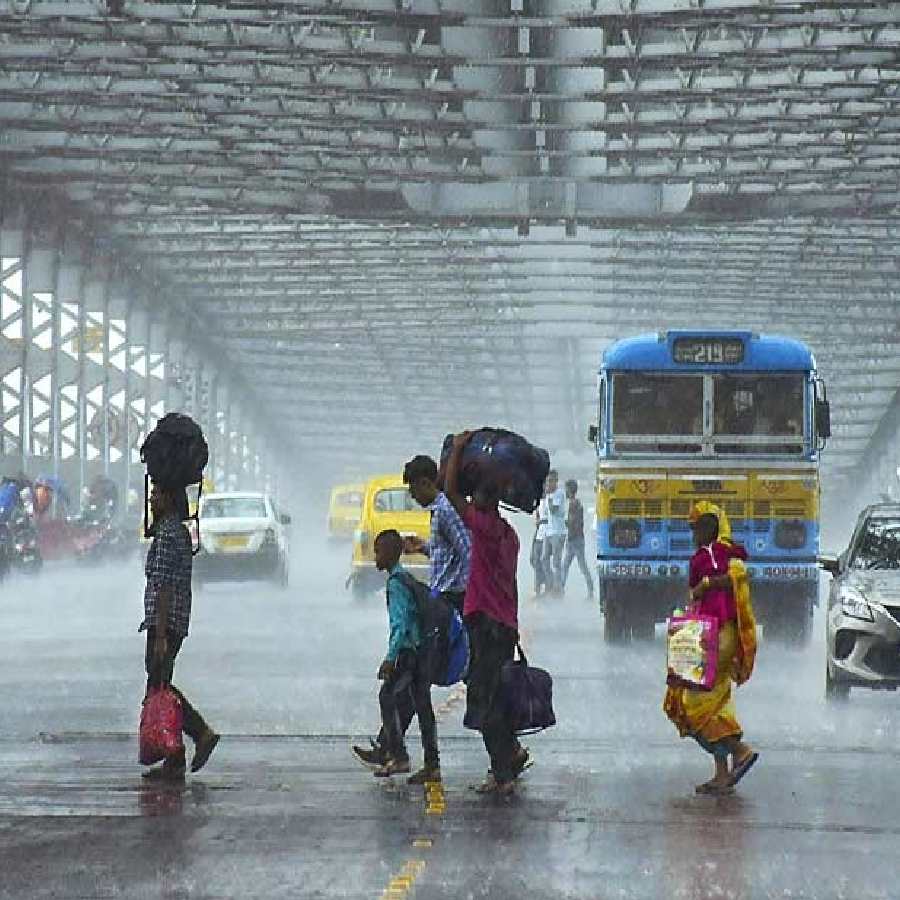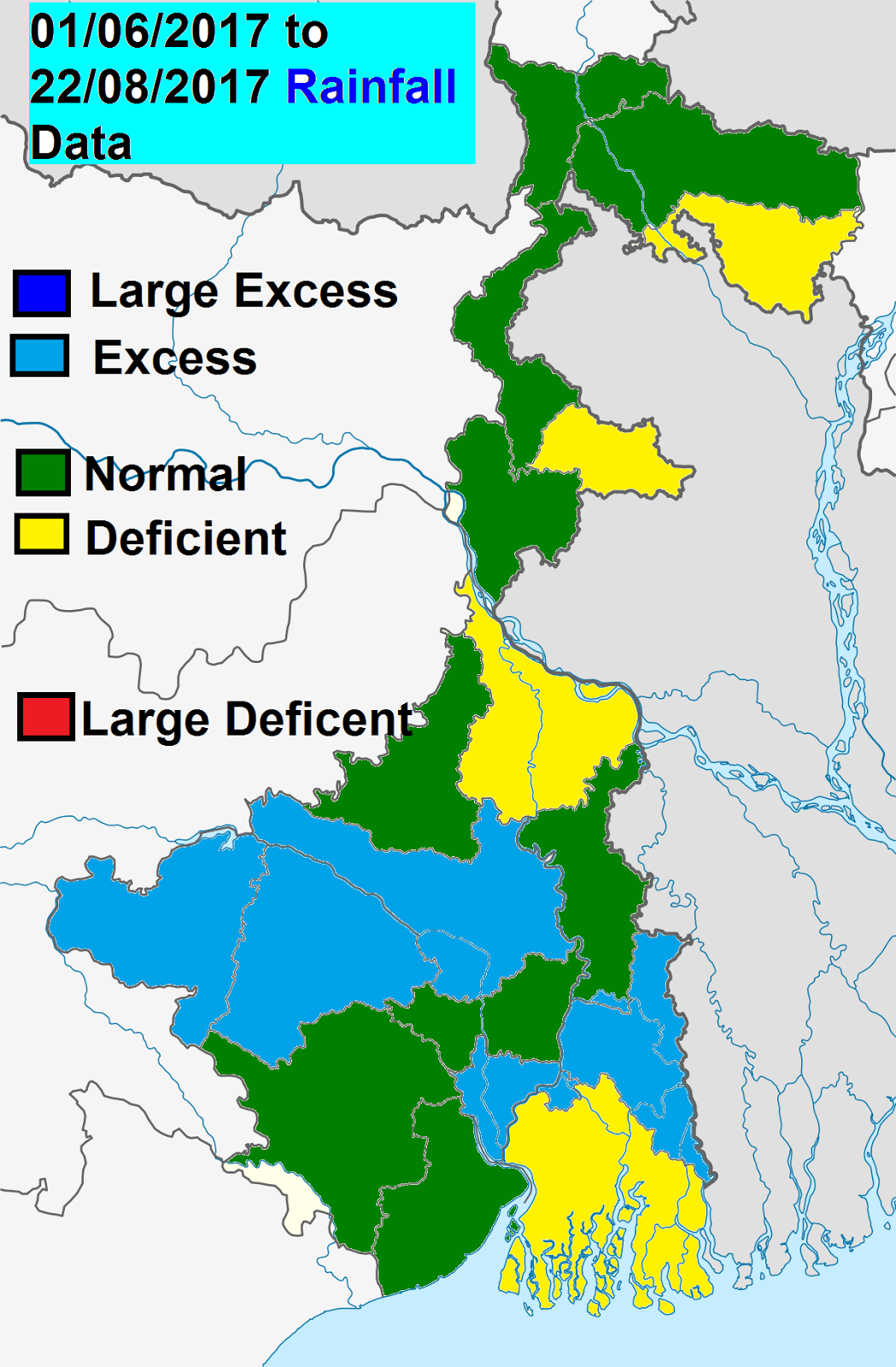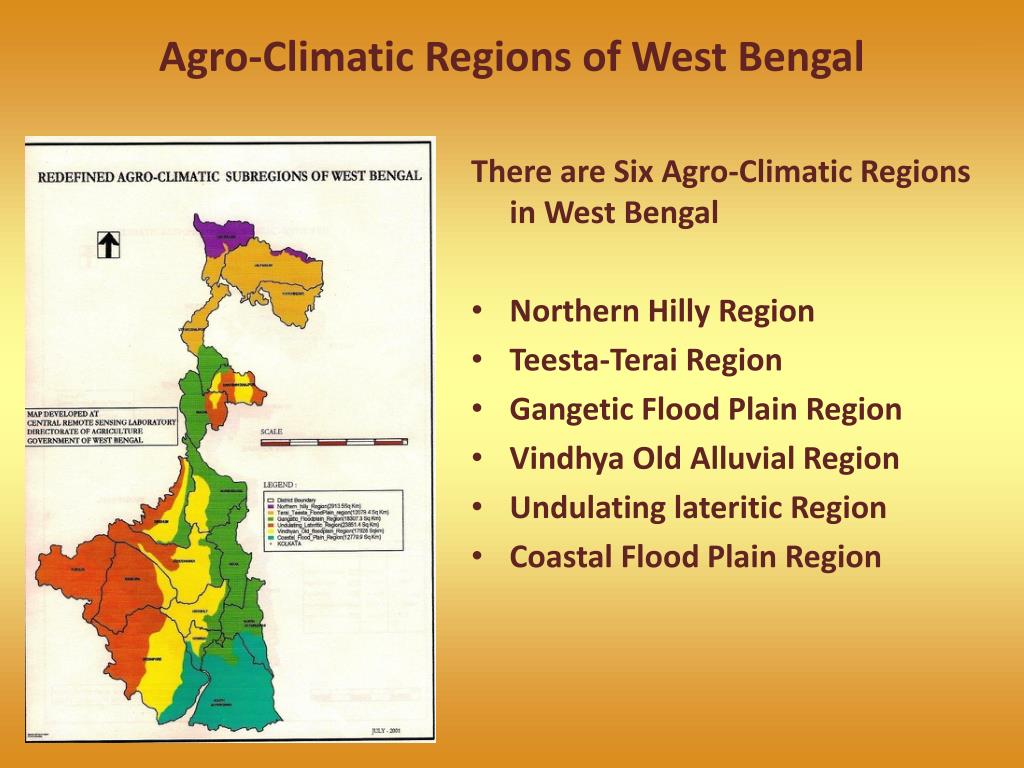Lowest Rainfall District In West Bengal

The cracked earth sighs under the relentless sun. Dust devils dance across the horizon, mimicking the swirling anxieties of farmers watching their crops wither. A parched landscape stretches as far as the eye can see, a stark reminder of the precious resource that’s become a luxury here.
Purulia, nestled in the western reaches of West Bengal, is a district grappling with a harsh reality: it consistently records the lowest rainfall in the state. This chronic water scarcity profoundly impacts agriculture, livelihoods, and the very fabric of life in this resilient community. Understanding the challenges and the innovative solutions being explored is crucial for fostering a sustainable future for Purulia.
A Land of Contrasts and Challenges
West Bengal, celebrated for its lush greenery and abundant rivers, presents a stark contrast in Purulia. The district's unique geography, characterized by undulating terrain and hard lateritic soil, contributes significantly to its water woes. This type of soil has poor water retention capacity, exacerbating the impact of low rainfall.
Data from the Indian Meteorological Department (IMD) consistently highlights Purulia's rainfall deficit. Over the past decade, the average annual rainfall has consistently fallen below the state average, leading to frequent droughts and agricultural distress. According to a report by the West Bengal Department of Agriculture, crop yields in Purulia are significantly lower compared to other districts with better irrigation facilities.
Agriculture is the backbone of Purulia's economy, employing a significant portion of the population. Paddy, maize, and pulses are the primary crops. However, the lack of reliable irrigation renders farming a precarious endeavor, dependent on the erratic monsoon.
The consequences are far-reaching. Water scarcity fuels migration to other states in search of work, disrupts education, and strains social structures. It also puts immense pressure on the local ecosystem, affecting biodiversity and increasing the risk of land degradation.
Resilience and Innovation: Seeds of Hope
Despite the daunting challenges, the people of Purulia exhibit remarkable resilience. Faced with adversity, they are adapting and embracing innovative solutions to mitigate the impact of water scarcity.
The State Government, along with various NGOs and community organizations, are actively involved in promoting water conservation techniques. These include rainwater harvesting, watershed management, and the construction of check dams to capture and store precious rainwater.
Afforestation initiatives are also gaining momentum, aiming to restore degraded lands and improve soil moisture retention. The focus is on planting indigenous trees and shrubs that are well-suited to the local climate and require minimal water. "We are learning to work with nature," says Rameshwar Murmu, a farmer from a small village. "Every drop of water counts, and we are finding ways to make it last."
Community-Led Initiatives
Beyond governmental efforts, community-led initiatives are playing a pivotal role. Self-help groups are empowering women to take the lead in water management, promoting efficient irrigation practices, and raising awareness about the importance of water conservation.
Traditional water harvesting methods, such as digging ponds and tanks, are also being revived and modernized. These community-owned water sources provide a vital lifeline during dry spells, ensuring access to water for irrigation and domestic use.
Furthermore, efforts are underway to promote drought-resistant crops and diversify agricultural practices. Farmers are being encouraged to cultivate crops that require less water, such as millets and pulses, and to adopt techniques like drip irrigation and mulching to conserve moisture.
Looking Ahead: A Sustainable Future
The journey towards water security in Purulia is a long and arduous one. But the spirit of resilience, coupled with innovative solutions and collaborative efforts, offers a glimmer of hope. The focus on sustainable water management, community empowerment, and ecological restoration is paving the way for a more secure and prosperous future for the district.
Dr. Anjali Sen, a leading environmental scientist working in the region, emphasizes the importance of a holistic approach. "It's not just about increasing water availability, but also about promoting responsible water use and protecting the environment," she states. "Only through a combination of technological innovation, community participation, and policy support can we address the root causes of water scarcity and build a sustainable future for Purulia."
The story of Purulia is a reminder of the interconnectedness of water, agriculture, and livelihoods. It is a story of challenges, but also of unwavering determination and the power of human ingenuity to overcome adversity. As the sun sets over the parched landscape, casting long shadows, there is a palpable sense of hope that the seeds of change being sown today will blossom into a brighter tomorrow.


















